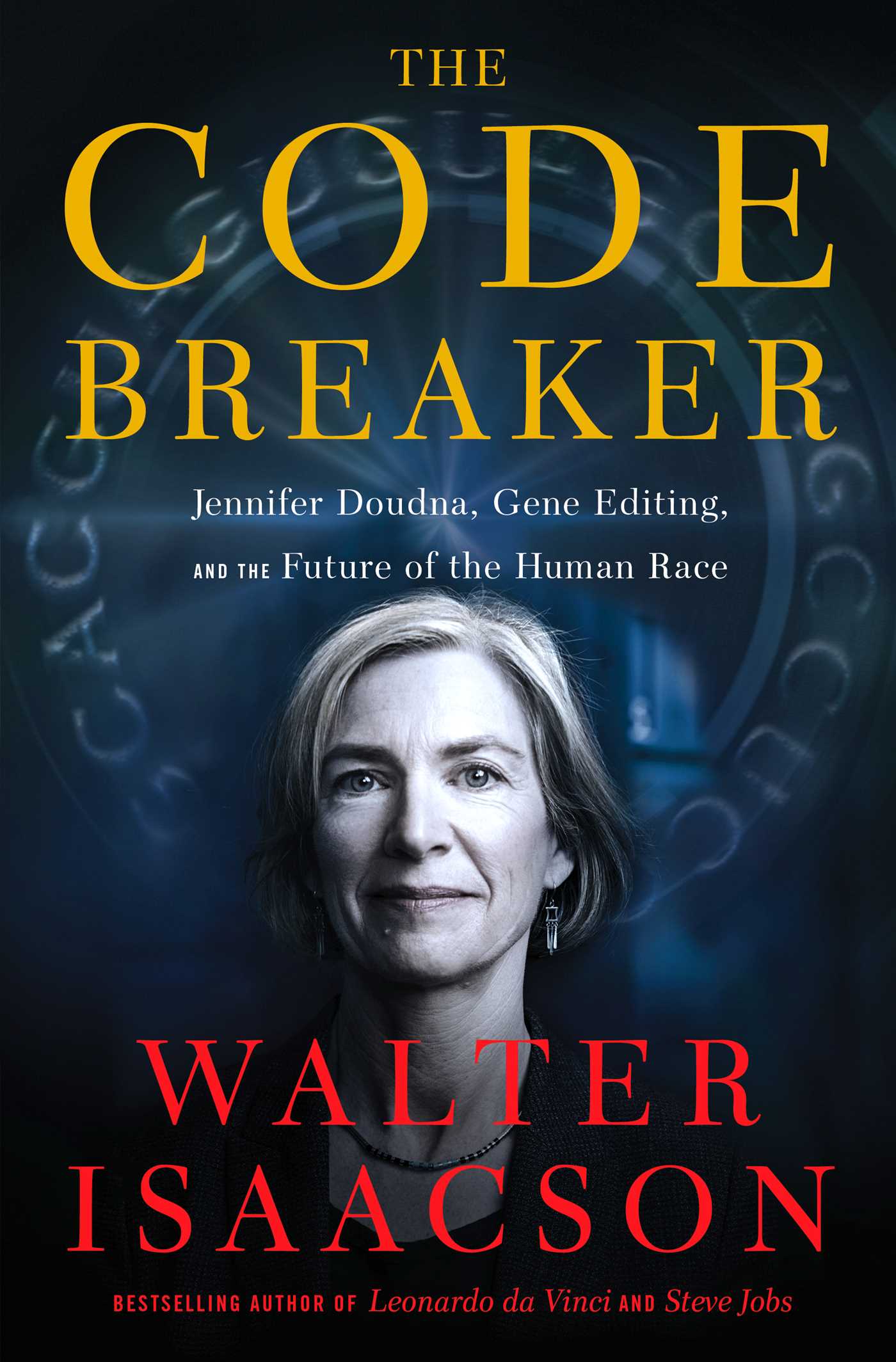Published on January 8th, 2024 - From: Books
Currently reading

By: Walter Isaacson
We’ve become quite used to the notion that social media platforms’ endless stream of flattened, homogenized “content” has blurred the line between news and other forms of media and information (though, of course, that line was never perfectly clear to begin with). That blurring has allowed new and innovative voices into the news ecosystem, but it has also made news consumption more incidental and less intentional, and has contributed to an environment in which news seems less valuable and distinctive to people.
All this ambiguity around news raises at least one evident question: What do people see as news on social media these days? There’s been some interesting research on this over the past few years, some of it centering on the notion of “news-ness” — that nebulous quality that makes things “news” in people’s minds. It’s not just an abstract exercise, though. Researchers have found that audiences are more likely to trust and less likely to try to verify information they see as news, and more likely to learn from it as well.
We’ve seen from research that people’s sense of what’s news and what’s not is a continuum, not a binary, and that it differs by platform, news consumption context, and by the user’s age, among other things. In a new study in the journal Journalism titled “What feels like news? Young people’s perceptions of news on Instagram,” Dutch scholars Joëlle Swart and Marcel Broersma add two valuable dimensions to our understanding of this sense of “news-ness.” They look at news on Instagram in particular, and the relationship between the cognitive sense of what’s news (what we think is news) and the affective one (what feels like news in our everyday media use).